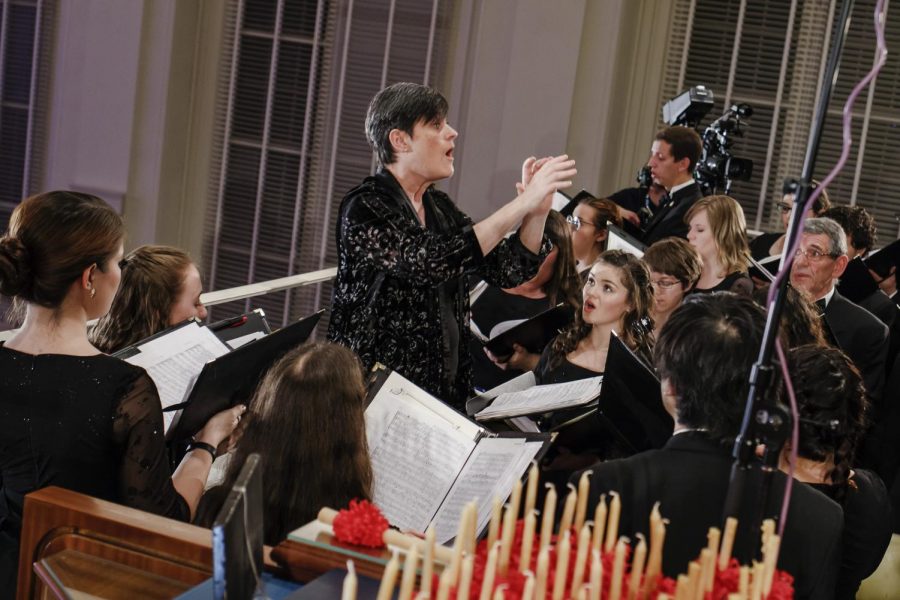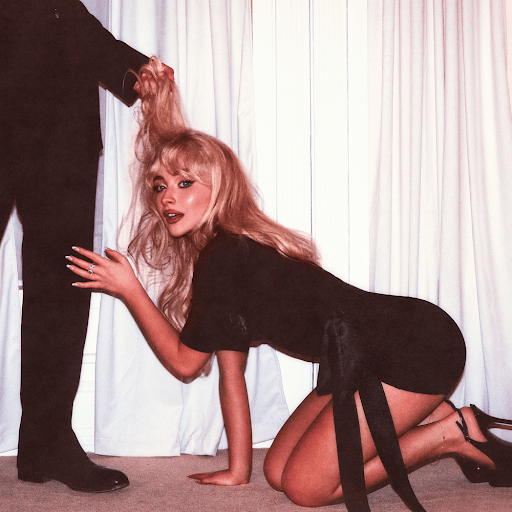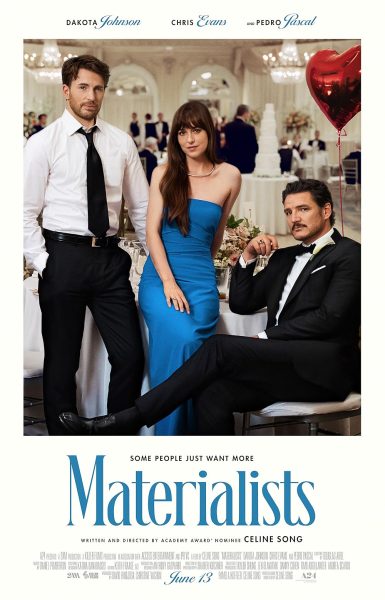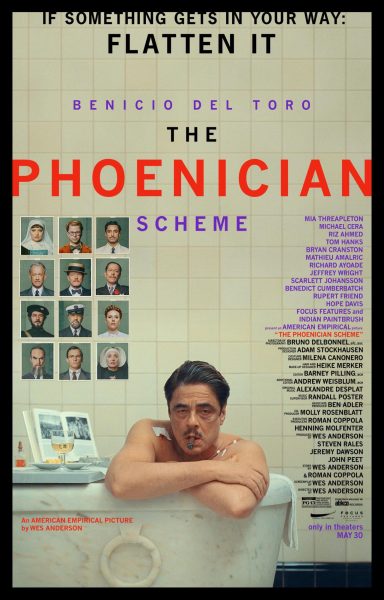The Art and Tradition of Creating the Vespers Spirit
Many different traditions come to mind during the holiday season. Colorful Christmas trees, twinkling lights, and catchy holiday tunes, to name a few.
Most of these can be found in our own little town of Bethlehem during the joyous month of December. Sparkling lights on every building and humable holiday tunes play everywhere you walk on Main Street. There is a reason we are called “Christmas City,” and what would “Christmas City” be without its renowned Christmas Vespers?
Central Moravian Church has been putting on some version of Christmas Vespers since 1756. Some of these services are the “Singstunde” and the candlelight service.
Of German origin, the “Singstunde” — or “singing hour” — is mostly sung, with very few speaking parts. The candlelight service began in 1747 in Germany, when candles with red trimming were given out at the children’s Christmas service.
Moravian College’s Christmas Vespers started with Richard and Monica Schantz, who helped establish the College’s Bachelor of Music program. They also led the restoration project of Brethren’s House in 1948 and the Foy Hall building, as well as co-founded the Music Alliance. The Schantzes also directed the choir at Central Moravian Church until Dr. Paula Ring Zerkle took over in 1994.
Under the Schantzes, Christmas Vespers took place on a single night in December before it grew into the six-performance event it is today. When Zerkle arrived she also added a Vespers Preview, which takes place the Saturday before Thanksgiving. Any member of the Moravian College community may attend the preview.
Zerkle, who has been integral to Christmas Vespers for twenty-two years, will be partaking in her 132nd Christmas Vespers this year.
In selecting pieces for the choir to sing, Zerkle normally chooses a mix of music. “Every summer I get a big pile of music I like and want to do. Eventually, I boil it down and see what works well together. Some years I try to use the InFocus theme, which doesn’t always work out so well,” she said, before admitting: “I didn’t do that this year.”
For this year’s Vespers, Zerkle decided to focus on how the songs interact, specifically around the Nativity, Birth, and Mother Earth. “I like the feel of each piece going into the next,” she said. “There’s the standard quiet opening, usually acapella, followed by an organ piece. Now there’s a structure.”
As soon as Zerkle was in charge of the choir, and thus Christmas Vespers, she began to personalize it. “I added a lot of multicultural things, and people were upset about it. Now they come to look forward to it and expect it — I hope!”
Some multicultural pieces this year are “Hawaiian Lullaby” by Malcolm Sargent, “Riawanna” by Stephen Leek, and “Bonse Aba” by Victor C. Johnson. By adding multicultural pieces to the Vespers services, Zerkle hopes to contribute to the College’s campus-wide discussions about diversity.
This year, the College Choir and Women’s Choir will sing together on a more traditional piece, Imant Raminsh’s “Alleluia, Amen,” which Zerkle admits is her favorite of the season. The song consists only of two Latin words that we often hear in a Christian service: “Hallelujah,” meaning “praise God,” and “Amen,” which is said at the end of a prayer, sometimes meaning “so be it.”
In keeping with Moravian tradition, Zerkle auditions child soloists to sing “Morning Star,” the climax of the service.
Each member of Moravian’s choir has a favorite part of Vespers. Some say it’s when the lights go down and the candles come out. Others say it’s the singing of “Morning Star.” Zerkle has a few favorite moments. “It would have to be the first night when we sing, ‘O, Come, O Come, Immanuel.’ It’s peaceful,” she said. “But I also enjoy looking down and seeing all of the red sweaters. It really kicks off the two weeks and the holiday season for me.”
Work on the songs begins as early as the first week of classes and continues every week, two times a week for two hours, until the first two weekends of December. As the choir moves farther into November ot rehearses as often as possible in order for the performance to run smoothly.
As the choir gets closer to the performances it’s clear everyone is giving it their all. If someone is really ill and can’t sing that day they still come to rehearsal, even if it’s just to sit, watch, and take notes.
Zerkle understands that Vespers means a lot to many people and for many reasons. At the start of every season, she tells the choir that this Vespers service may be someone’s first and that choir members owe it to them to make it the best experience it can be.
For Zerkle, the value of Vespers is deeply personal, too. “Connecting to the choir is one of the most important things I experience,” she said, “as is giving the audience a beautiful experience.”
Vespers takes place on Dec. 1, 2, 8, and 9 beginning at 7 p.m. as well as on Dec. 3 and 10 at 4 p.m.







